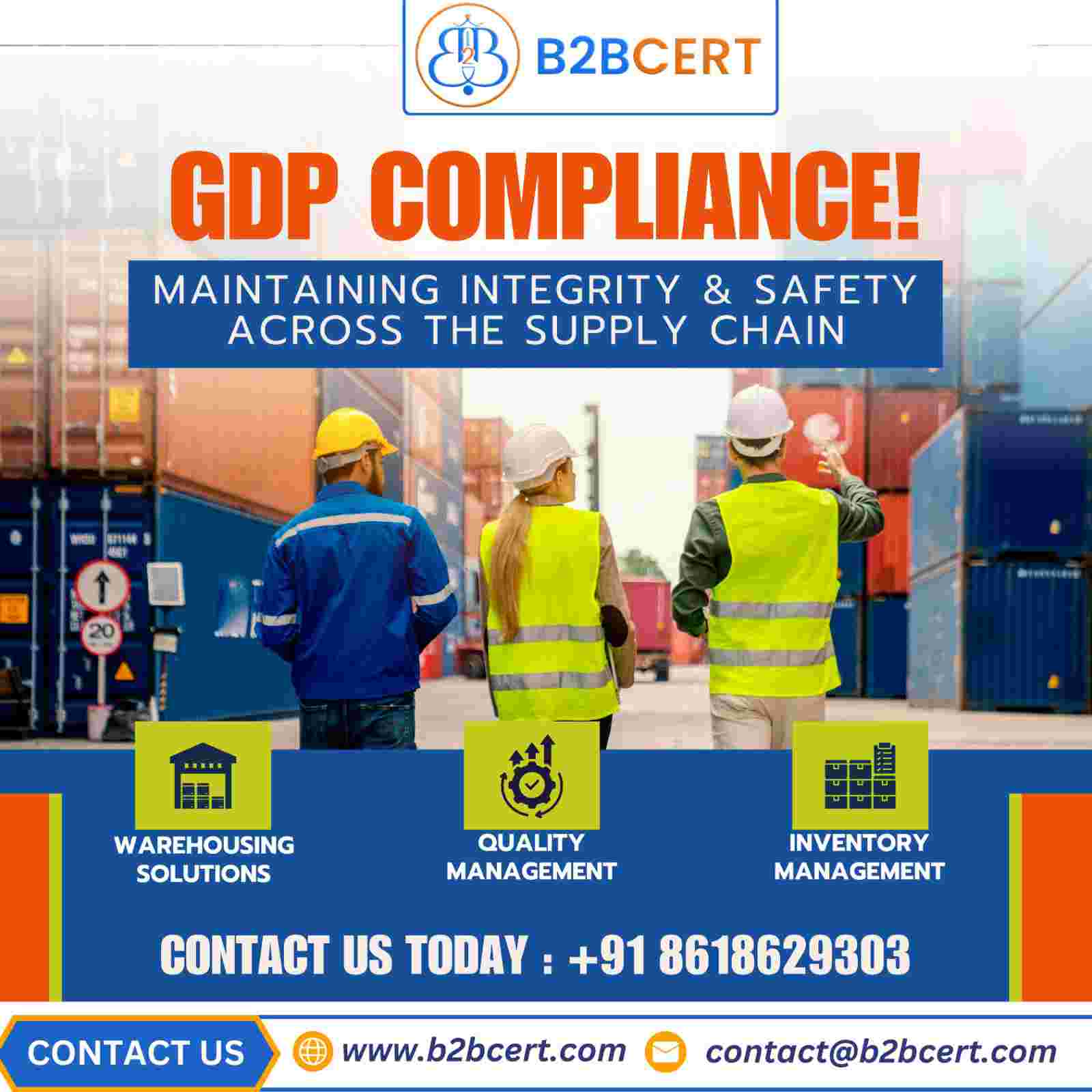In the pharmaceutical and healthcare industries, maintaining proper storage conditions is not just a recommendation — it’s a regulatory requirement. Storage areas, especially for sensitive products like medicines, vaccines, and biologicals, must be carefully monitored for temperature and humidity to ensure product quality, efficacy, and safety.
In this blog, we’ll break down the key requirements for temperature and humidity monitoring in storage areas and explain how to properly maintain these critical records. We’ll also touch on how GDP Certification in Bangalore and working with GDP Services in Bangalore can help companies stay compliant.
Why Are Temperature and Humidity Monitoring So Important?
Temperature and humidity can directly impact the stability of pharmaceutical products. High temperatures can degrade active ingredients, while excessive humidity can cause physical changes, microbial growth, or packaging damage.
That’s why global guidelines, such as the Good Distribution Practices (GDP) set by the World Health Organization (WHO) and local regulatory bodies, require companies to monitor and control environmental conditions wherever medicinal products are stored.
Key Requirements for Temperature and Humidity Monitoring
Here are the main requirements for effective monitoring in storage areas:
✅ Define the storage conditions:
Before monitoring, you need to know the required storage conditions for each product type — whether it’s 2–8°C for cold chain, or ≤25°C for room temperature products. This information comes from the product’s label, stability data, and manufacturer instructions.
✅ Install calibrated monitoring devices:
You must use calibrated temperature and humidity monitoring devices, such as data loggers or continuous monitoring systems. Calibration ensures the readings are accurate and reliable. Calibration should be performed at regular intervals, typically once a year or as recommended by the manufacturer.
✅ Continuous or frequent monitoring:
For most products, continuous monitoring is preferred. This means the system records temperature and humidity at defined intervals (e.g., every 10–15 minutes) to detect any deviations. Manual monitoring (checking once or twice a day) may be acceptable for less sensitive products but is increasingly discouraged.
✅ Alarm systems:
Monitoring systems should include alarms that alert staff when temperatures or humidity levels go out of range. This enables quick corrective action before product quality is compromised.
✅ Temperature mapping:
Before using a storage area, temperature mapping is required to identify hot and cold spots and ensure uniformity across the space. This helps in proper placement of monitoring sensors.
How Should These Records Be Maintained?
Maintaining good records is just as important as the monitoring itself. Here’s how companies should manage temperature and humidity data:
📁 Accurate data recording:
All readings (whether automated or manual) should be accurately recorded, with details like date, time, location, and responsible personnel (for manual logs).
📁 Secure and accessible records:
Records must be protected from unauthorized changes but should be readily available for review by quality teams and auditors. Digital systems often come with built-in data security and backup features, which are preferred over paper records.
📁 Retention period:
Temperature and humidity records should be retained for a minimum period, typically aligned with product shelf life or as defined by local regulations. In many cases, this means keeping records for at least five years.
📁 Deviation management:
Any excursion or deviation from required storage conditions must be fully documented, including the investigation, impact assessment on product quality, and corrective actions taken.
📁 Periodic review:
Environmental monitoring records should be reviewed periodically (e.g., monthly or quarterly) to spot trends, identify recurring issues, and ensure continuous compliance.
How Can GDP Consultants in Bangalore Help?
Navigating the technical and regulatory requirements of GDP can be overwhelming, especially for growing businesses. That’s where GDP Consultants in Bangalore come in. These experts offer specialized GDP Services in Bangalore, including:
✔ Setting up compliant storage and distribution systems
✔ Conducting temperature mapping and validation
✔ Implementing and calibrating monitoring equipment
✔ Training staff on GDP principles and record-keeping
✔ Supporting companies through the GDP Certification in Bangalore process
By partnering with experienced consultants, companies can confidently meet regulatory expectations and maintain the highest standards of product quality and patient safety.
Final Thoughts
Temperature and humidity monitoring are critical pillars of pharmaceutical storage compliance. With proper systems in place and robust record-keeping practices, companies can ensure that their products remain safe, effective, and ready for patient use.
If you’re seeking expert guidance on GDP compliance, consider engaging GDP Services in Bangalore or working with GDP Consultants in Bangalore to strengthen your processes and achieve GDP Certification in Bangalore — a mark of quality that enhances your reputation in the industry.




